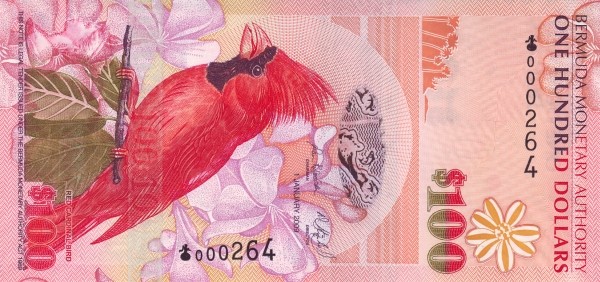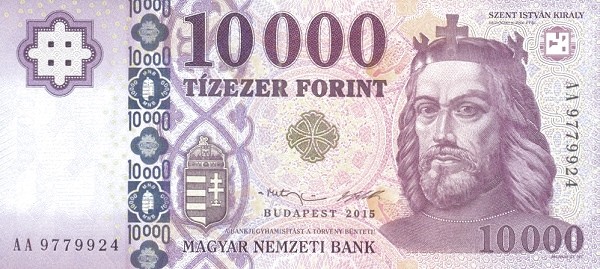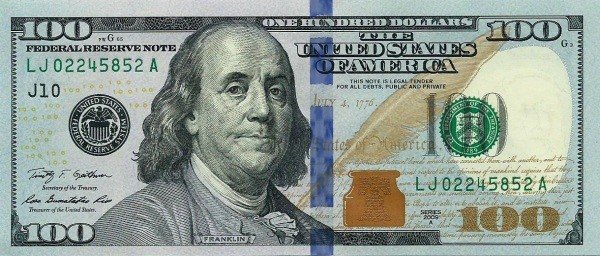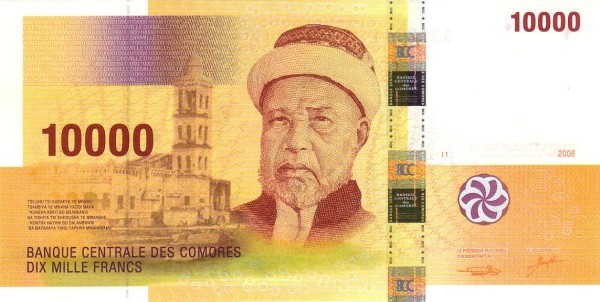Belgian Franc
Belgian Franc
The Belgian Franc was the official currency of Belgium from 1832 until it was replaced by the Euro in 2002. It played a significant role in the country's economic history and was widely used for everyday transactions. The Franc was introduced following Belgium's independence and went through several changes over the years, including decimalization in 1832 and the adoption of a new design in 1944. Despite its long-standing presence, the Belgian Franc faced challenges in the later years, particularly with the increasing integration of European economies and the desire for a common currency. The decision to replace the Franc with the Euro was made to strengthen economic ties with other European Union countries and facilitate cross-border trade. Today, the Belgian Franc remains a part of Belgium's history, symbolizing a bygone era of national currency.
Below is the related paper currencies in Belgian Franc.
1997 BEF10000
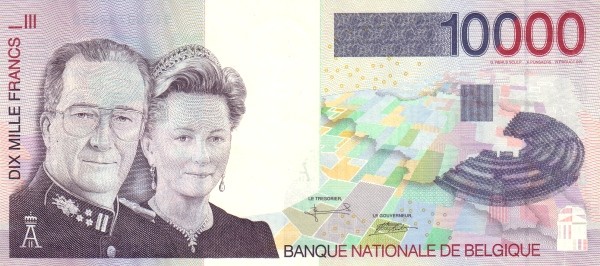
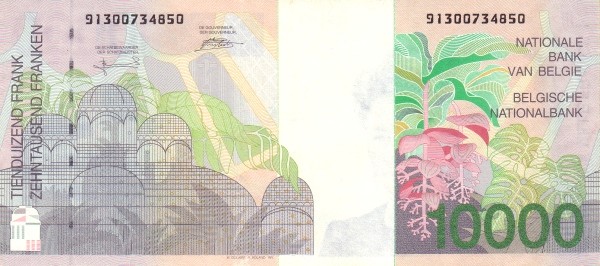
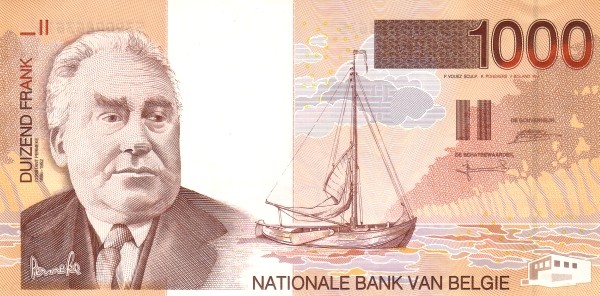
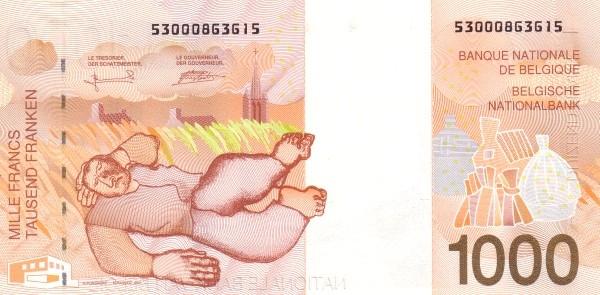

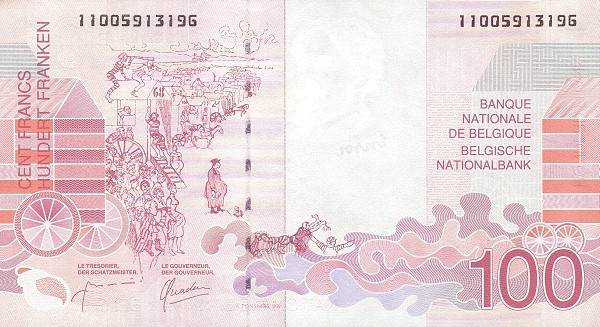

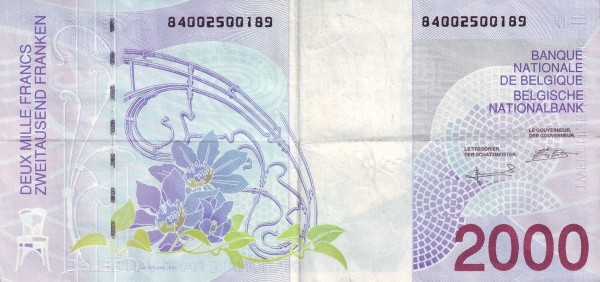
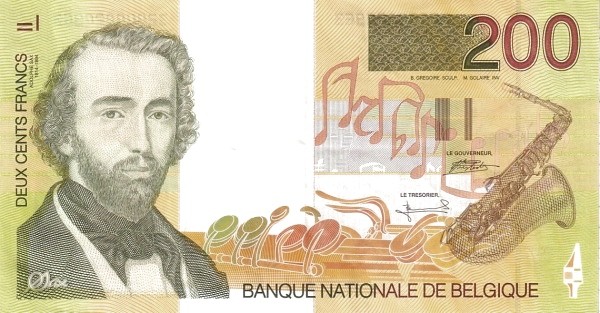
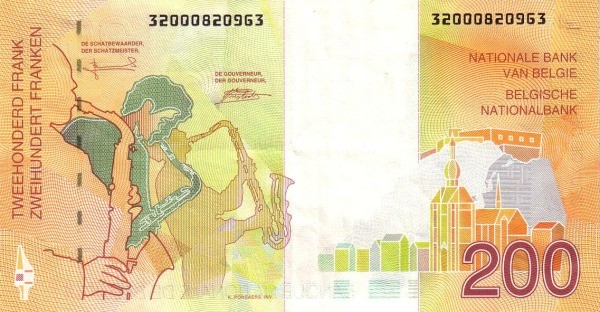
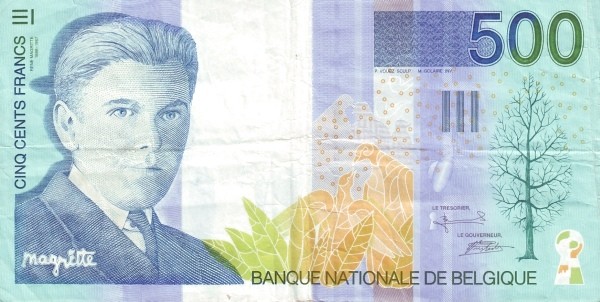
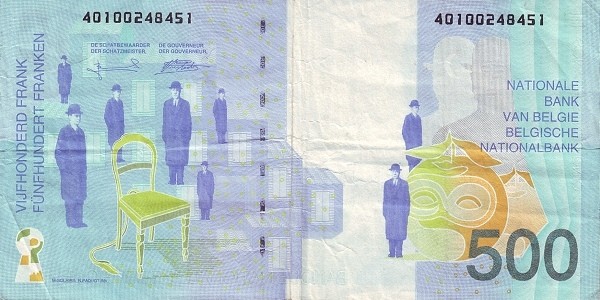
Bermudian Dollar
Bermudian Dollar2009BMD1002009BMD102009BMD202009BMD22009BMD502009BMD5
Hungarian Forint
Hungarian Forint2015HUF100002018HUF10002017HUF200002016HUF20002017HUF50002018HUF500
US Dollar
The US Dollar is the currency of the United States of America and several other countries and territories. It is also the most widely used currency in international trade and finance, and the main reserve currency of the world. Here is a brief introduction of the US Dollar:The US Dollar was
Comorian Franc
The Comorian Franc is the official currency of the Comoros, a small island nation located in the Indian Ocean. It was introduced in 1981 to replace the French Franc, which had been in use since the country's colonial period. The currency is issued by the Central Bank of the Comoros and is available in both paper and coin form. The exchange rate of the Comorian Franc is determined by market forces and is subject to fluctuations. While the currency has faced some challenges in the past, such





